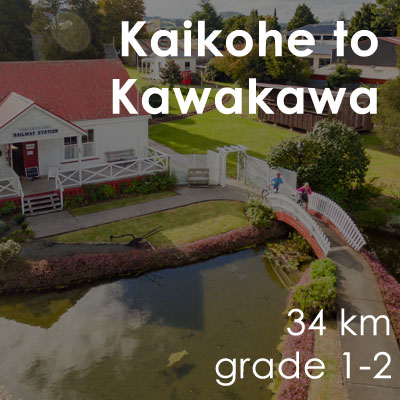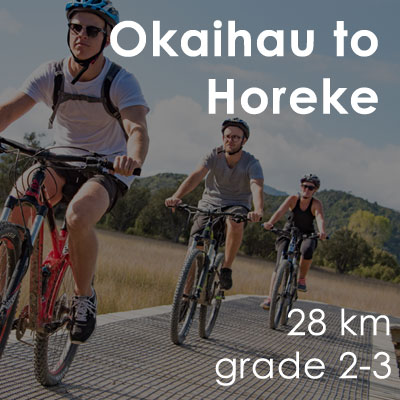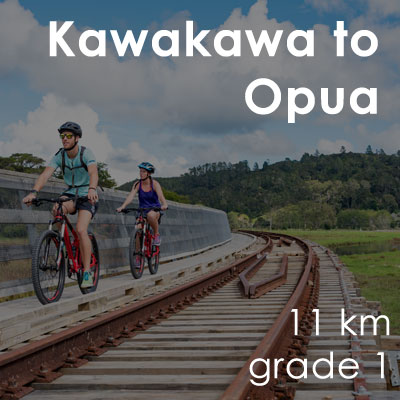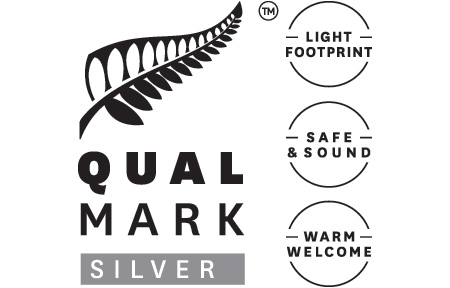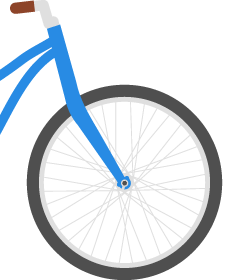Lake Omapere
Lake Omapere was, geologists believe formed by a Lava flow blocking the Waitangi River. It is little more than a couple of meters deep at its deepest point and covers about 1200 hectares. It is at the center of the local Maori tribal area and was historically an important source of food for the local Maori people who valued the lake for its eels.
The lake has an interesting history . Throughout the nineteenth century the local Maori tribes were acknowledged as the owners of the lake. However Pakeha settlers tried to lower the lake level and caused Maori to agitate to have their title recognised by the Maori land Court. Their efforts towards this end were obstructed by the government up until the mid 1950s.
As well as eels, kakahi or torewai (freshwater pipi) were obtained from the lake bed. The advent Pakeha settlement caused the lake to become economically significant in other ways. Flax and timber were gathered from the edges of the lake and transported on it and gum was obtained in relatively large quantities from the nearby swamps.
Several pa were located around the lake and in the vicinity. Of particular note were the pa named Wawhe and Te Kahika. Wawhe located on the northeastern side of the lake was one of Hongi Hika’s strongholds and may be where he died. Te Kahika was the site of what we know today as Okaihau and was the site of a major battle in the Northern Wars..
In February 1921 work began to lower the level of the lake. There was significant opposition to this lowering from both Maori and local Pakeha expressing concern that as well as having an effect on the fishery and affecting different hapu in different ways it would also affect the scenic values of the lake and breeding grounds. It appears that the lake was lowered somewhere between 4 and 6 feet at this time.
In 1929 the matter of ownership of the lake was again before the courts and the final ruling at that time was that Maori did and always had owned the lake and had exercised continuous customary use of both the land and the lake.
In a later episode during the 1970s water was drawn from the lake by the then Kaikohe borough Council. Physical problems arose sometime later and this use of the lake water ceased. It also transpired at this time that the Catchment Commission had no right to grant this water access.
The trustees of the lake are now taking whatever measures that they can to preserve the lake and the quality of the water for future generations.


